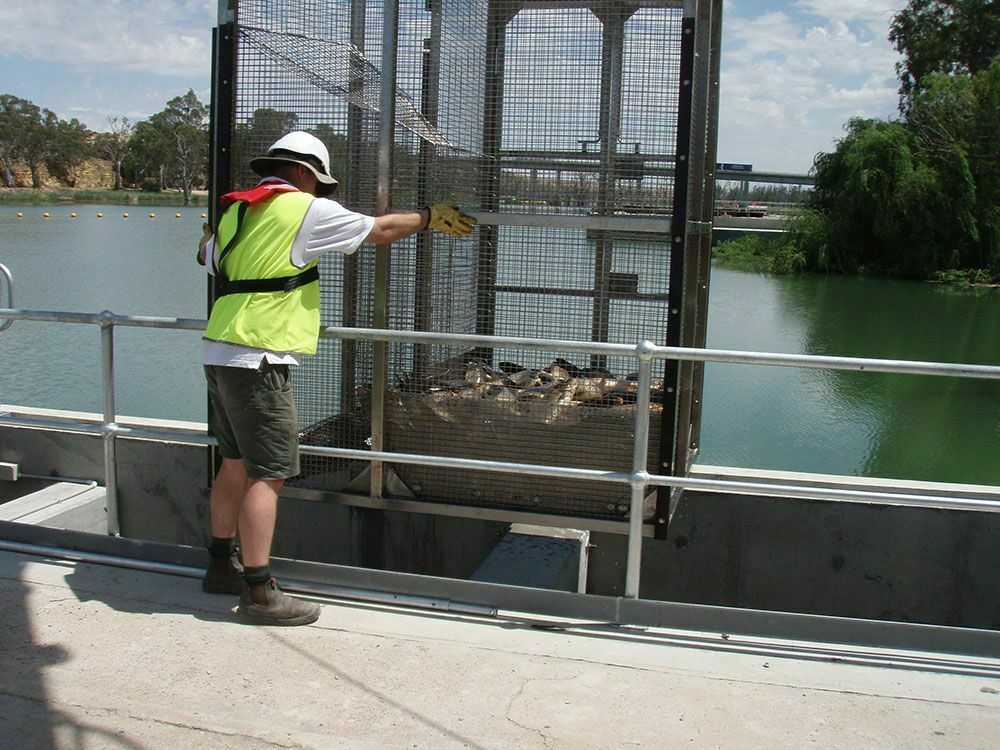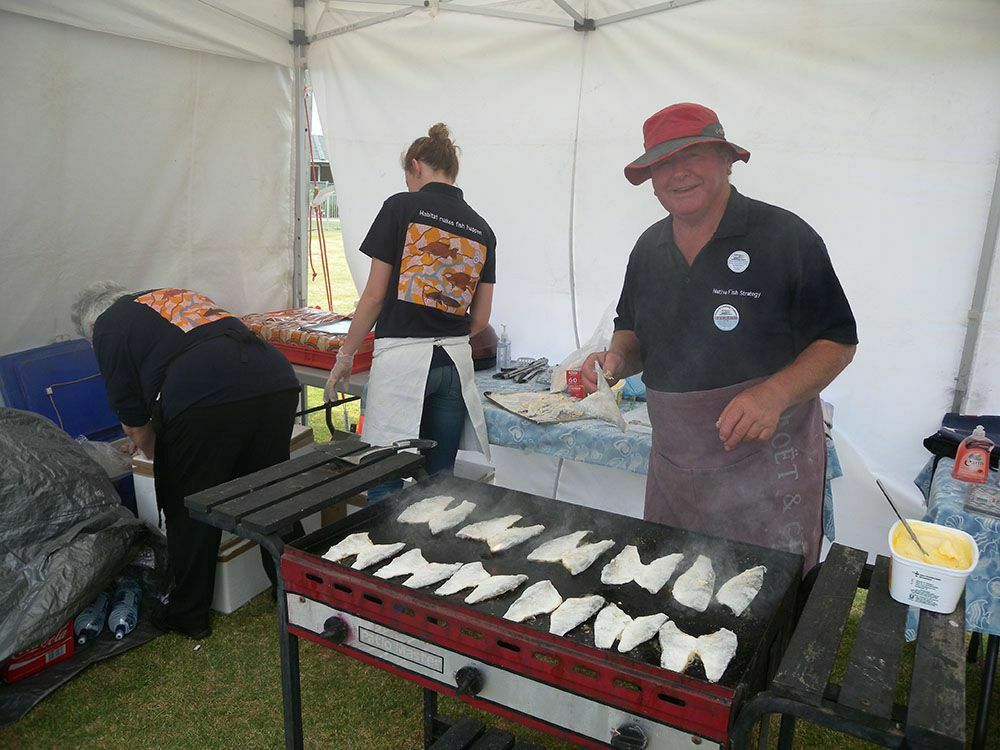While historically there was a significant commercial fishery of native fish species within much of the MDB, declines in catches due to a number of threats in the latter part of the 20th century caused the closure or restructure (to removing non-native fish species) of the majority of the Basin’s fishery. Today, harvesting of native fish species is limited to the Lakes and Coorong Fishery. In NSW and SA, there is a River commercial fishery for non-native species and Yabbies only. Commercial fishing for Carp also occurs in Victoria.
Commercial catch data from within the MDB provided valuable insights into patterns of decline of native fish species in particular areas, and helped inform the development of the NFS.
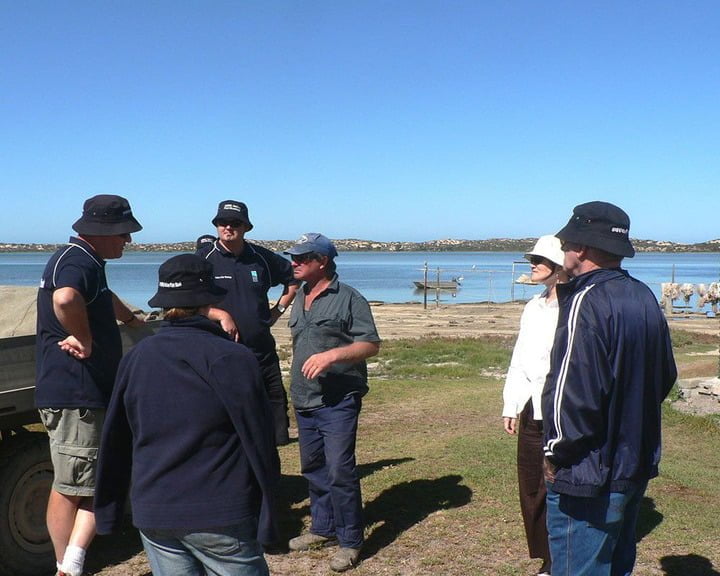
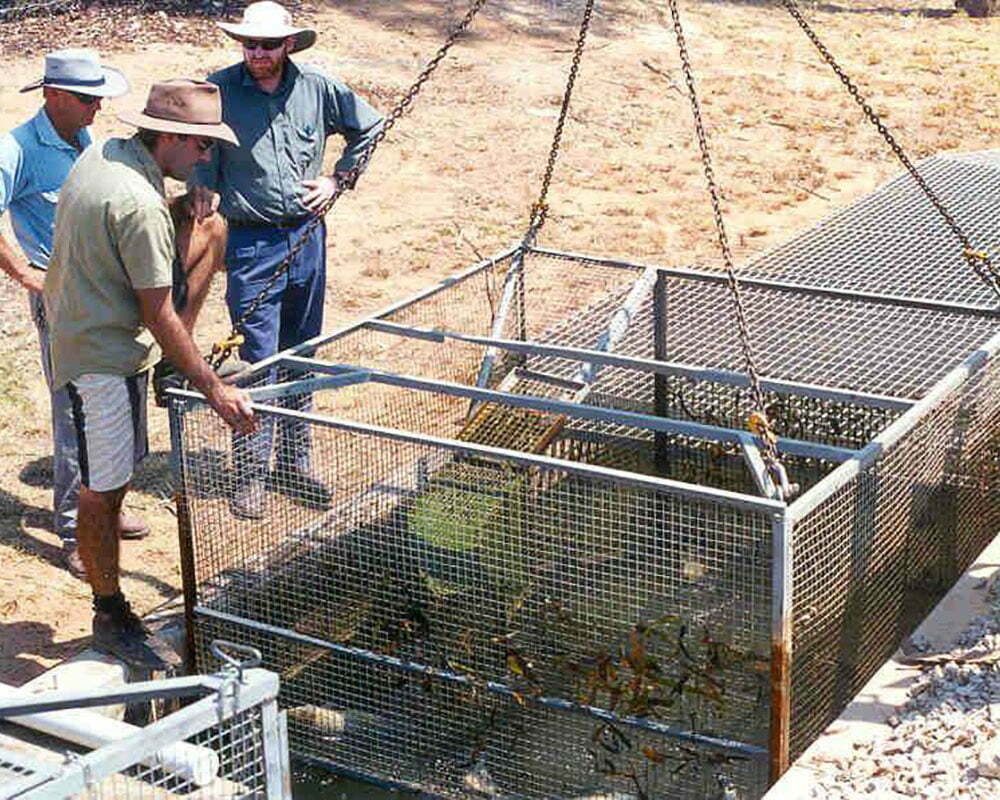
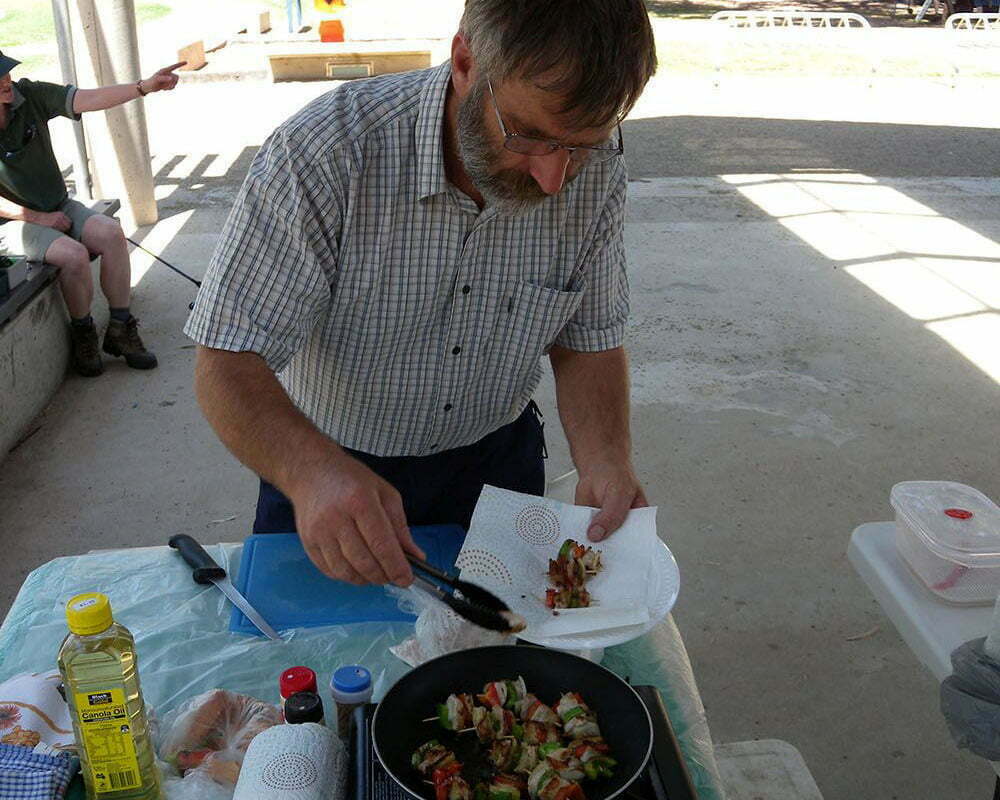

During the NFS, there was some engagement with the commercial fishery industry, and close associations were formed. In particular, the CST included a commercial fishery representative, Henry Jones, a fourth generation fisher, who has over 50 years’ experience of the Lower Lakes and Coorong. Henry, a highly respected and vocal community member, has also been a long standing member of other MDBA committees including the Basin Community Committee and the Living Murray Community Reference Group. Henry was also a significant contributor to developing the turtle shed at the Milang Primary School, a school that supports efforts to resolve issues of the Lower Lakes and Coorong and showcase this to schools and communities all around Australia. He has been a strong advocate for improved environmental management practices within the fishery, and more broadly within the MBD. In 2013, Henry became the first community member to receive the River Murray Medal, awarded by the MDBA.
Henry and other members of the Southern Fishermen’s Association (SFA), which represents the interests of commercial Lakes and Coorong fishers, participated in many NFS events including NFA weeks and NFS tours. Historically, many scientists and managers involved in river rehabilitation have not had strong connections with commercial fishers. The NFS contributed to addressing this communication gap. Through Henry’s involvement in many NFS activities it became clear that enduring and powerful relationships can develop when the right person is in the right role. Those involved in the NFS have benefited greatly from Henry’s knowledge and passion in finding solutions to environmental problems within the Basin.
While there was limited scope for research projects related to the commercial fishery, some work was undertaken to investigate options for the ethical and cost effective removal and disposal of Carp from fishways along the Murray River. It became apparent that there are significant logistical issues associated with Carp harvesting which constrain the potential financial viability for commercial operators. Many of the locations where Carp cages could be established on locks are very remote.
Commercial Carp fishermen in South Australia have supported numerous NRM projects to remove carp from wetlands, including supporting the SARDI project trials for removing Carp at wetland inlets. Keith Bell, a commercial Carp fisher in Victoria participated in an Ovens River Demonstration Reach event, showing people how to prepare and cook Carp.
At Lock 1, from 2007 onwards when the vertical slot fishway and Williams’ Carp Cage began to operate, a licenced commercial fisher has been collecting Carp. The Lock 1 staff harvest and remove the Carp from the trap and place them in a freezer; fish are then collected by the commercial fisher. In early trials, researchers, commercial fisherman and lock staff worked together to incrementally improve the design and operation of the system. The Lock 1 operation represents the largest ongoing and successful best practice Carp control initiative in the Basin removing about 100 tonnes of carp annually. There has been a long term co-operative partnership between researchers, commercial fishers and lock operations staff, who have work effectively together and gained a greater understanding of each other’s perspectives and skills. This project recommended using the process developed for the engagement of commercial fishers at Lock 1, to continue to utilise local commercial fishers to undertake harvesting and Carp disposal operations at other locks and weirs in the MDB.
